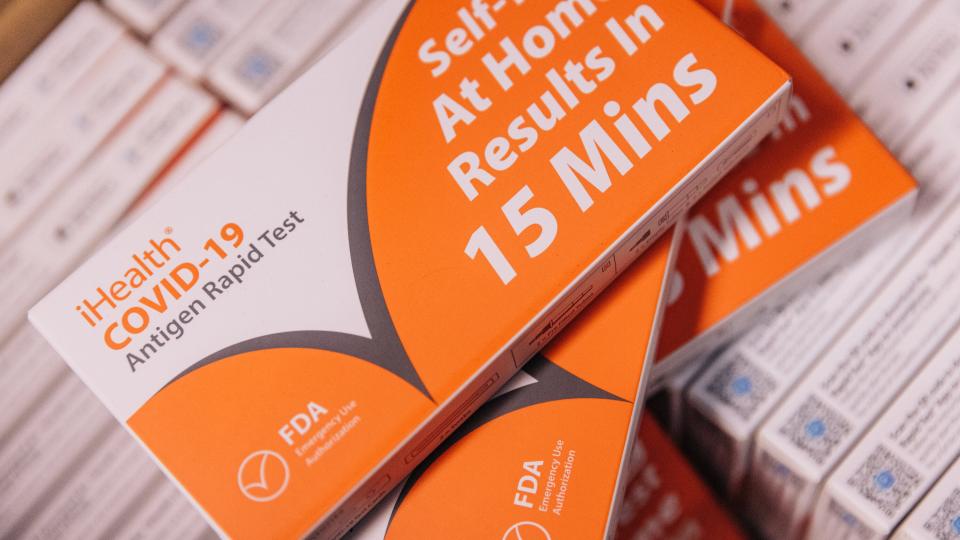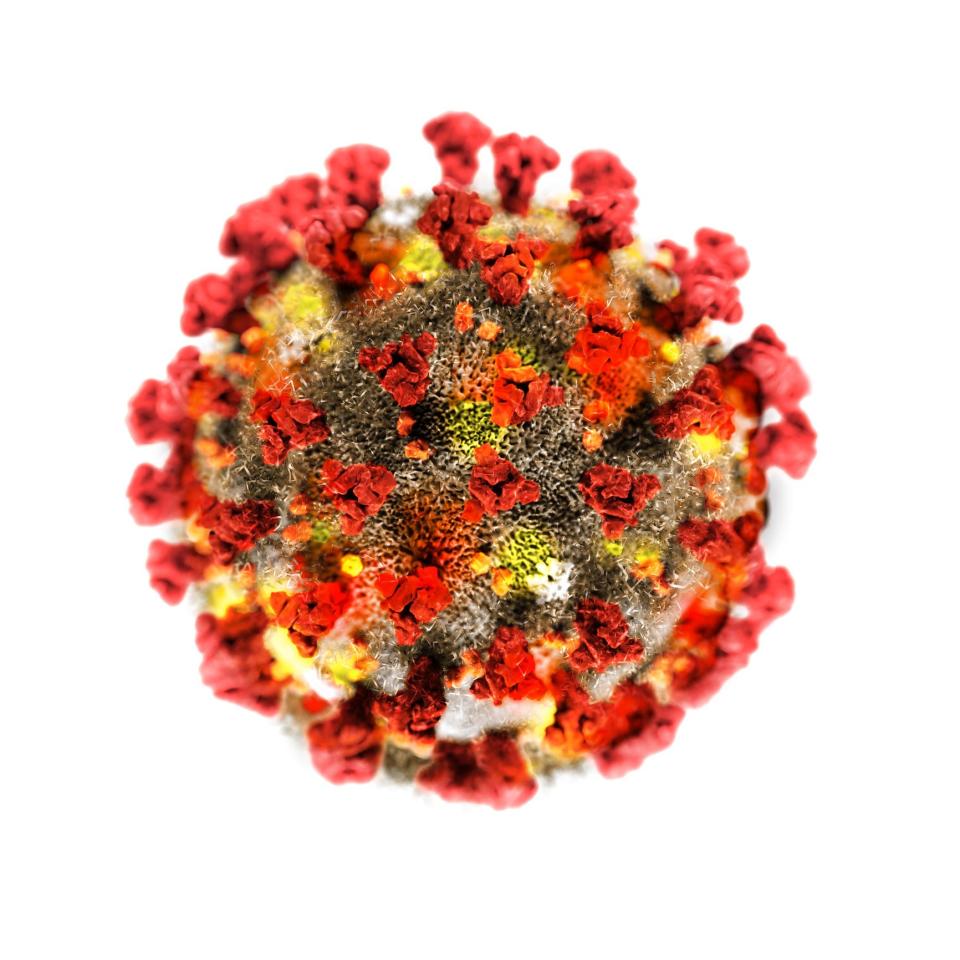A new COVID-19 variant, FLiRT, could cause a summer surge. These are the symptoms.
A new set of COVID-19 variants, nicknamed FLiRT, is rising in prevalence in the United States.
The variant, labeled KP.2, made up about 25% of the COVID-19 cases in the U.S. in April, according to USA Today, making it the new dominant variant in the country, surpassing JN.1.
"The CDC is tracking SARS-CoV-2 variants KP.2 and KP.1.1, sometimes referred to as 'FLiRT,' and working to better understand their potential impact on public health," the agency said in an emailed statement to USA TODAY in May.
"Currently, KP.2 is the dominant variant in the United States, but laboratory testing data indicate low levels of SARS-CoV-2 transmission overall at this time. That means that while KP.2 is proportionally the most predominant variant, it is not causing an increase in infections as transmission of SARS-CoV-2 is low," the CDC said in the statement.
What should people know about FLiRT? Here are the details.
What are the symptoms of the COVID-19 strain, FLiRT?
The following symptoms are reported by the Massachusetts Department of Public Health:
Fever or chills
Cough
Shortness of breath
Fatigue
Muscle or body aches
Headache
Loss of taste or smell
Sore throat

Will there be a FLiRT surge this summer?
The Johns Hopkins Bloomberg School of Public Health stated in a report that a surge could happen this summer.
"It’s certainly possible," the report stated. "The FLiRT variants would be high on (the) list of viruses that could cause another wave of infections in the U.S. That said, our definition of a wave has changed; while we still see case rates rise and fall throughout the year, we see much lower numbers of cases of hospitalizations or deaths than we saw in the first couple years of the pandemic."
What are the looming issues around the FLiRT variant?
USA Today cited a CDC report, noting that one of the main issues surrounding the variant is that "only 22.6% of adults reported having received an updated 2023-24 COVID-19 vaccine since September 2023," adding that the most vaccinated age bracket belongs to those age 75 and older.
The other issue is that the FLiRT variant has arrived "at a critical time, when experts are deciding how to formulate the fall COVID vaccine," according to the Johns Hopkins Bloomberg School of Public Health.

How can you protect yourself against the FLiRT variant?
The Department of Public Health stated that the best way of protecting yourself from FLiRT and other variants would be to stay "current on the COVID vaccines and boosters. Speak to a doctor if you're unsure about if and when you need a booster."
WebMD noted that people who have gotten the newest COVID booster, "may not be well protected against a potential surge."
The CDC suggests that people get a second updated COVID booster four months from their last booster.
USA Today contributed to this report.
This article originally appeared on wickedlocal.com: FLiRT, a COVID-19 variant, may cause summer surge. Know the symptoms.

